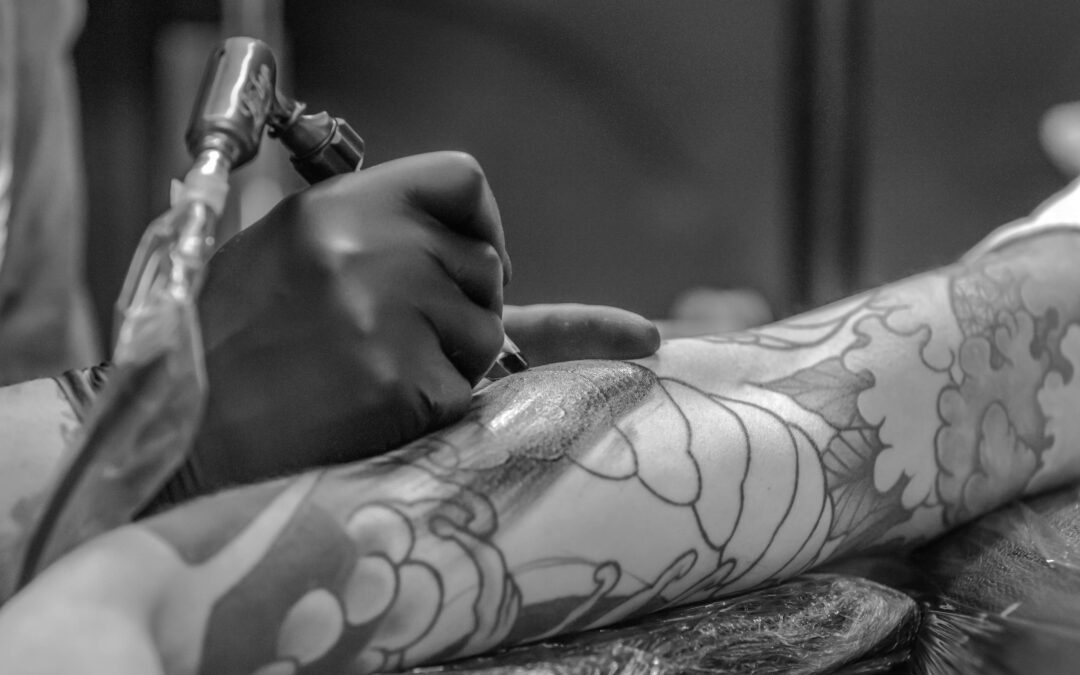“The Decoding of Tattoos” delves into the intricate artistry and profound symbolism etched onto the skin. Beyond being mere ink, tattoos serve as personal narratives, cultural markers, and emotional landscapes. This practice, dating back centuries, has evolved into a language of its own, where every design, line, and shade whispers a unique story. Whether it’s an ode to heritage, a declaration of love, or an emblem of resilience, tattoos invite us to unravel their enigmatic messages and celebrate the tapestry of human expression.


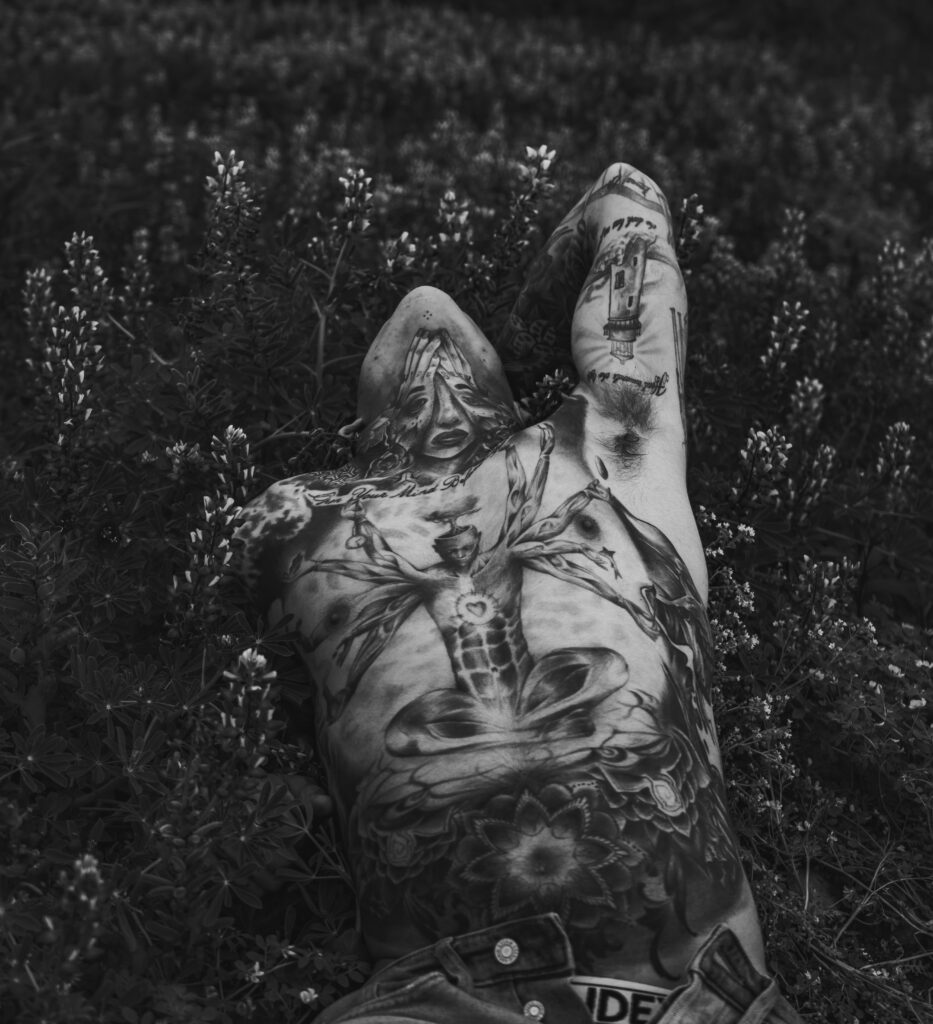
Terminology
- Tattoos are an art form of mark made through puncturing skin using needle-like projections. Puncture wounds are then lined with ink and serve as a marker, whether to identify the animal or as a decoration. Tattooing can be usually painful for animals and could cause scarring.
- Tattooing is an integral aspect of certain groups’ culture, especially with those in jail.
- Prisoners are given tattoos to associate them with their group as a symbol of aggression or to mark other motives. They’re at risk of developing bloodborne illnesses like HIV and Hepatitis C because of the equipment they use under non-sterile conditions.
- While tattoos are often linked to psychopathology and deviance, These associations are usually dependent on studies that are only small in size of specific populations. However, they can be affected by a variety of other factors. A study, for example, discovered that nurses who had tattoos received lower marks in their peer group for competence, professionalism, and expertise. The research was conducted on the responses to a questionnaire released in a body modification magazine, which restricts its generalizability.


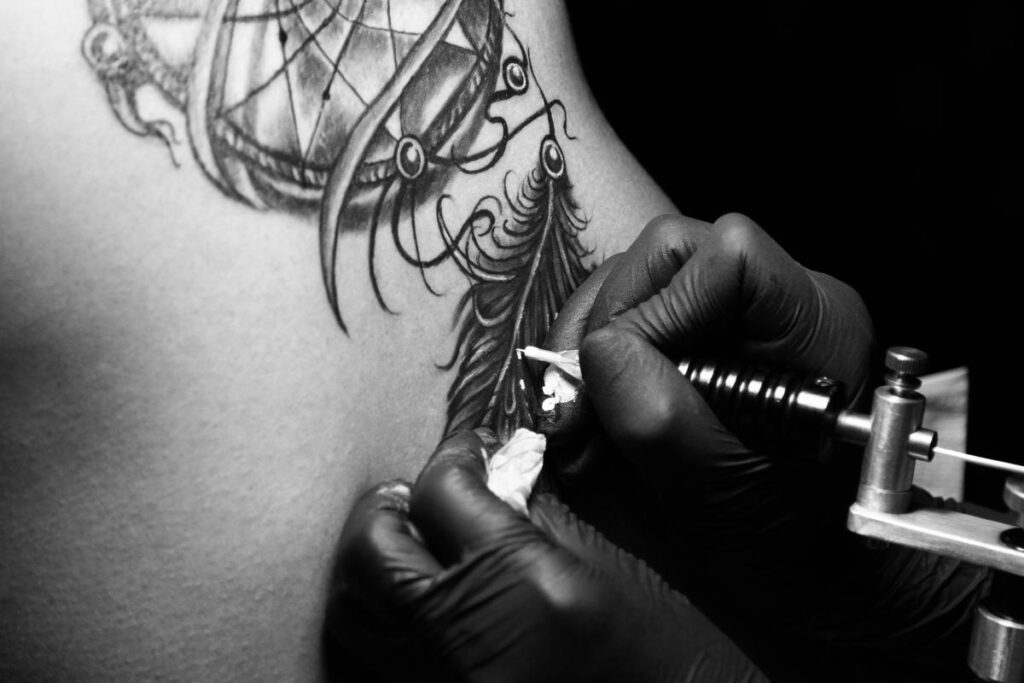
Types
- Tattoos can be decorative (with no particular meaning for the person wearing them) or even symbolic. They’ve been worn as rites of passage symbols of rank and status, and decorations to show bravery. Symbolic of spiritual and religious dedication, vow to love and affection, and also as talismans or amulets. They were also used as a form of punishment or to signify the outcasts, convicts, and slaves.
- Patients with schizophrenia have been discovered to be adorned with tattoos of an explicit or sexy character that show their inner conflicts and deviations from the norms of society. However, those who have schizophrenia tend to be less tattooed as they tend to be personal.
- An emerging trend of late has been the use of illustrations in tattoos. These begin with black lines, as the drawing is painted on canvas, and usually are filled with color. This isn’t necessarily healthy for the skin since it can cause an allergic reaction to the pigment. The red dyes, like doctors, are especially prone to this type of reaction. Henry recommends talking to a dermatology expert if you’re considering applying for a tattoo using the red color.

History
- At one time, tattoos were considered harmful and associated with prisoners. They can, however, serve numerous purposes, including showing the name of a deceased individual. They also can be utilized to create a narrative about an individual’s life or communicate their feelings.
- They are also an ornamental form, which is often viewed as artwork. For example, the 19th-century ethnologist Karl von den Steinen believed that early tattoos were ornamental. Furthermore, Pygmies in New Guinea decorated their scars by rubbing sap from plants into their scars, causing discoloration.
- In early Egypt, women’s mummies were discovered with tattoos. This was probably the mark of a priestess with a high status or concubine. This practice was banned under the Christian Roman emperor Constantine, who believed that the face was God’s creation and should not be distorted.
- The colonial age was when Europeans began to be aware of the tattoo culture of indigenous people after Captain Cook, the world’s first circumnavigator who was a world-class navigator, took Omai, who was a tattooed Polynesian who was brought back to England. The acceptance of tattoos within Europe grew as tourists from all over the globe brought their experiences and exchanges with the indigenous cultures.
- Tattoos are popular in North America.
- In North America, tattoos have been a prominent part of young people’s culture. Although they’re often linked to gangs, soldiers, or entertainers, the acclaim of tattoos has also increased in the middle classes. Tattooing is an art that is akin to traditional cultures. For example, the 19th-century German ethnologist Karl von den Steinen believed that tattoos from South American natives evolved from the tradition of dressing scars. The idea was that plant sap applied to scars to stop bleeding led to them darkening the scars, which can be regarded as the definition of a tattoo.
- Tattoos, from the beginning, were intended to identify and for different purposes. The mummified corpses of Greenland Inuit women dated to 1475 have evidence of extensive tattooing on the face. Similarly, a female body with tattoos was discovered on St. Lawrence Island in the Bering Sea.
- The first Western tattoos used date from the early 1700s, when sailors started getting tattoos to commemorate their journeys across the globe. They also came across the tattoo traditions from China, Japan, and the Pacific Islands. In the later years, tattoos were used by sailors and soldiers for marking ranks and units of the military.
- The history of tattoos is rich and diverse, spanning across different cultures and civilizations
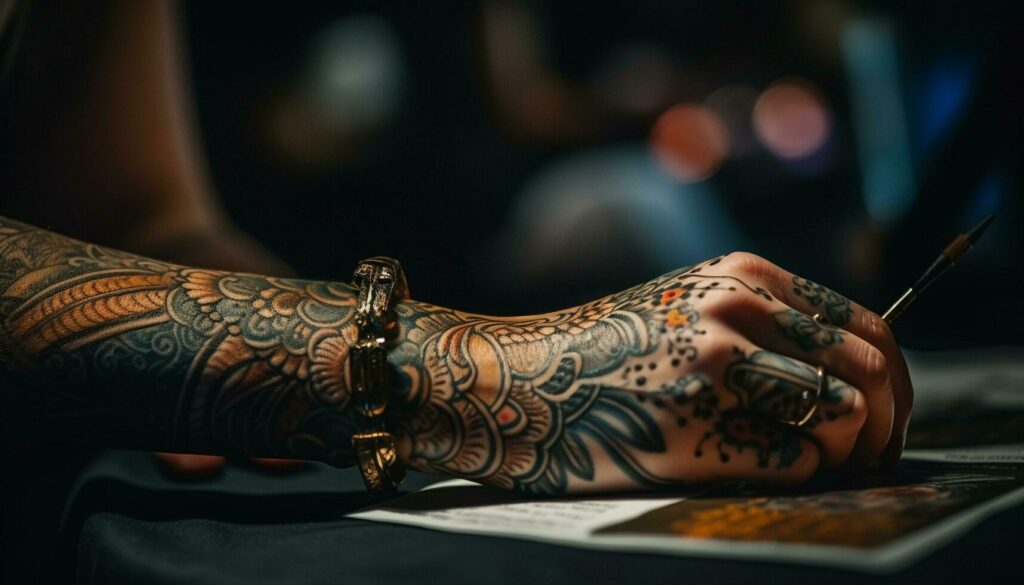


Ancient Cultures:
- Tattoos have been found on mummies and ancient artifacts from various cultures, including the Egyptians, Greeks, Romans, and indigenous tribes from different parts of the world. These tattoos often held cultural, spiritual, or social significance.
- Certainly, ancient cultures have a fascinating history when it comes to tattoos. Here are a few examples of how tattoos were used in different ancient societies:
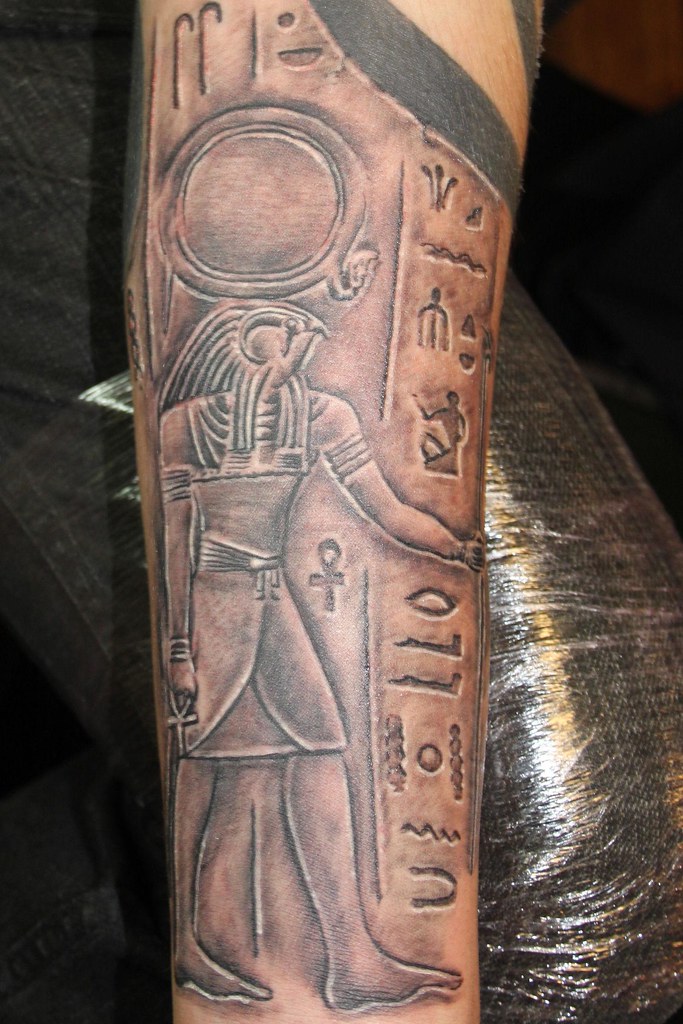

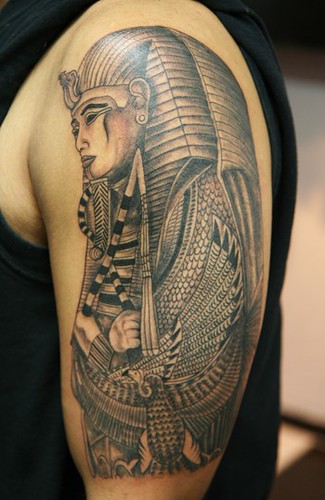
Egyptian Tattoos:
- Ancient Egyptians practiced tattooing as far back as 4000 BCE. Tattoos were primarily found on female mummies and often consisted of dots and lines on the abdomen, thighs, and breasts. These tattoos are believed to have been associated with fertility and protection during childbirth.
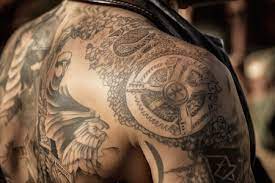
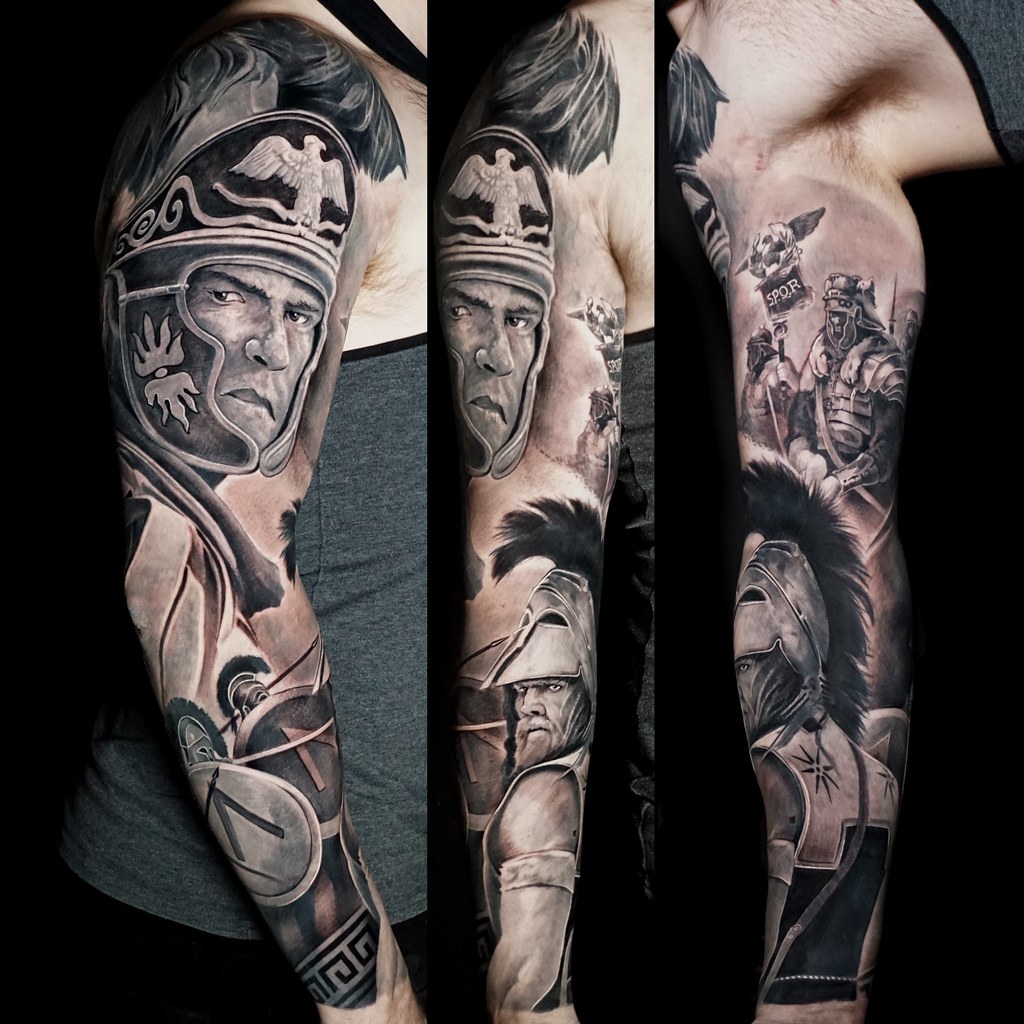

Greek and Roman Tattoos:
- Tattoos were less common in ancient Greece and Rome, but they were still present. Greek and Roman writers referred to tattoos as a mark of servitude or a form of punishment for criminals. However, some evidence suggests that tattoos were used for medical and therapeutic purposes, such as marking specific points for treatment.
Polynesian Tattoos:


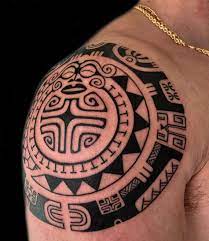
- As mentioned earlier, the Polynesian islands have a rich history of tattooing. In cultures like the Maori of New Zealand, the Samoans, and the Hawaiians, tattoos were deeply ingrained in societal norms. Intricate and meaningful designs were used to indicate social status, lineage, and achievements.



Scythian Tattoos:
- The Scythians, an ancient nomadic group from Central Asia, were known to have tattoos. Their tattoos were often geometric designs and animal motifs, and they were used to distinguish different tribes and individuals.



Chinese Tattoos:
- Ancient China also practiced tattooing, especially during the Zhou and Qin dynasties. Tattoos were used to mark criminals and prisoners, serving as a form of punishment and identification.
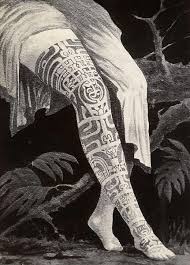
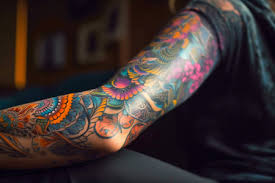
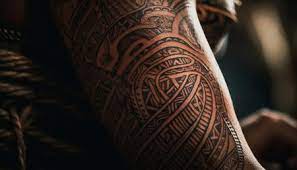
Inuit and Indigenous Tattoos:
- Indigenous peoples in various parts of the world, including the Inuit of North America and certain African tribes, used tattoos for spiritual and cultural purposes. These tattoos often had significance related to spiritual beliefs, rites of passage, and tribal identity.
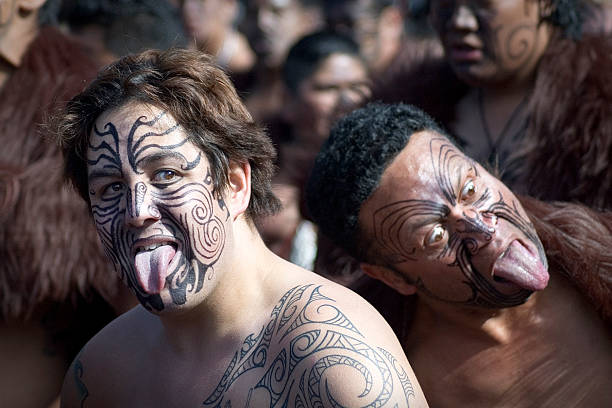
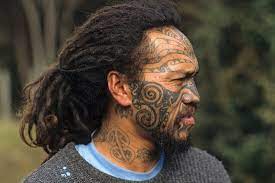
Maori Tattoos (Moko) :
- Maori tattoos, known as “moko,” are a prominent and deeply significant form of body art among the Maori people of New Zealand.
- Moko designs are intricate patterns of spirals, curves, and lines that cover various parts of the body, including the face.
- Moko carry genealogical information, social status, and personal stories. Facial moko, in particular, are considered a mark of prestige and are worn by both men and women.
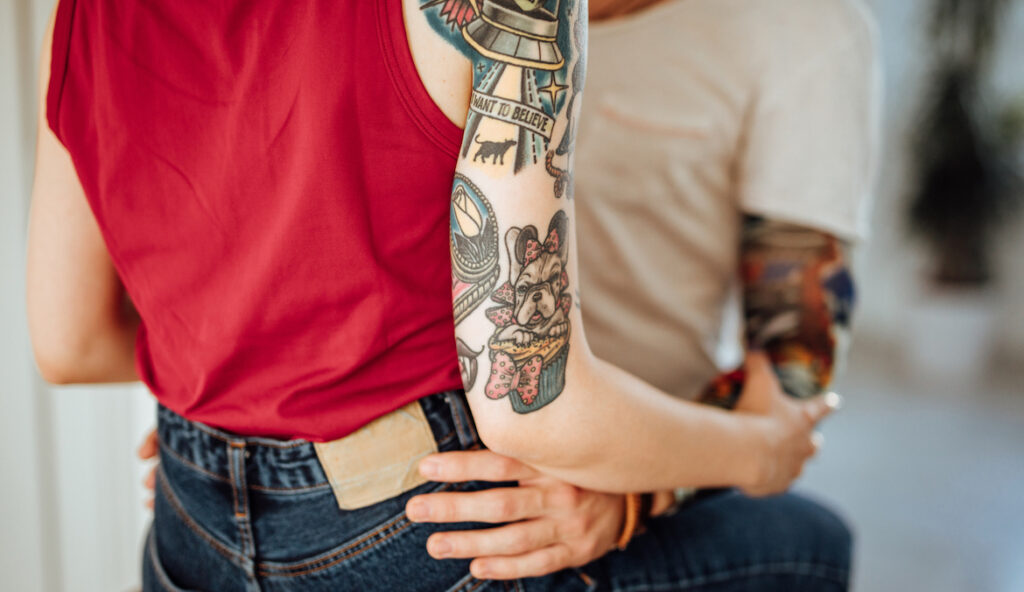
Inuit Tattoos :
- Nuit communities in the Arctic have a tradition of facial tattoos known as “kauyak” or “kaiyak.” These tattoos are typically applied to women and hold cultural significance.
- Inuit tattoos often feature lines and dots on the face, hands, and arms. These designs are believed to have protective and spiritual properties.
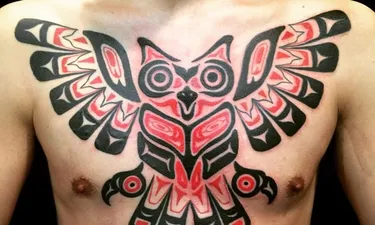
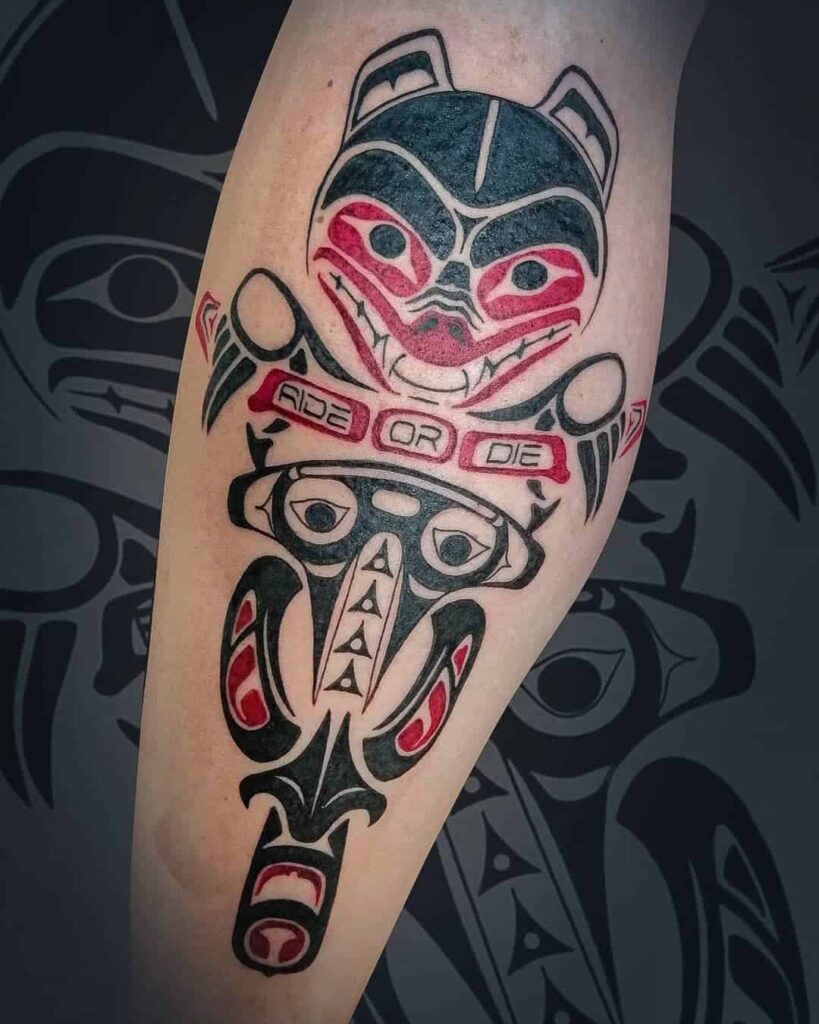
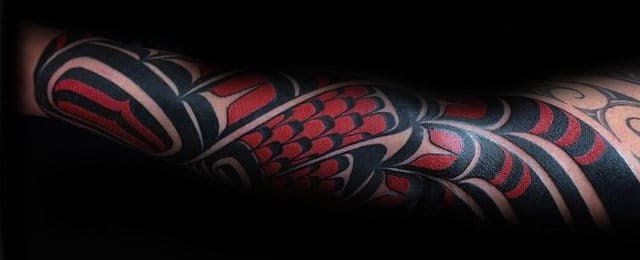
Haida Tattoos:
- In Samoa, traditional tattoos are known as “tatau.” Men receive a tattoo called “pe’a,” which covers the body from the waist to the knees. Women receive a tattoo called “malu,” which covers the thighs.
- These tattoos symbolize strength, cultural identity, and community connections. The process of receiving a traditional Samoan tattoo is painful and requires endurance, reflecting the wearer’s commitment to their culture.

Tahitian Tattoos:
- Tattoos have a long history in Tahitian culture, known as “tatau.”
- Traditional Tahitian tattoos often feature intricate geometric patterns and symbols representing elements of nature, such as ocean waves and coconut leaves.
- Tattooing ceremonies were important rites of passage, and the process was seen as a way to connect with the spiritual world

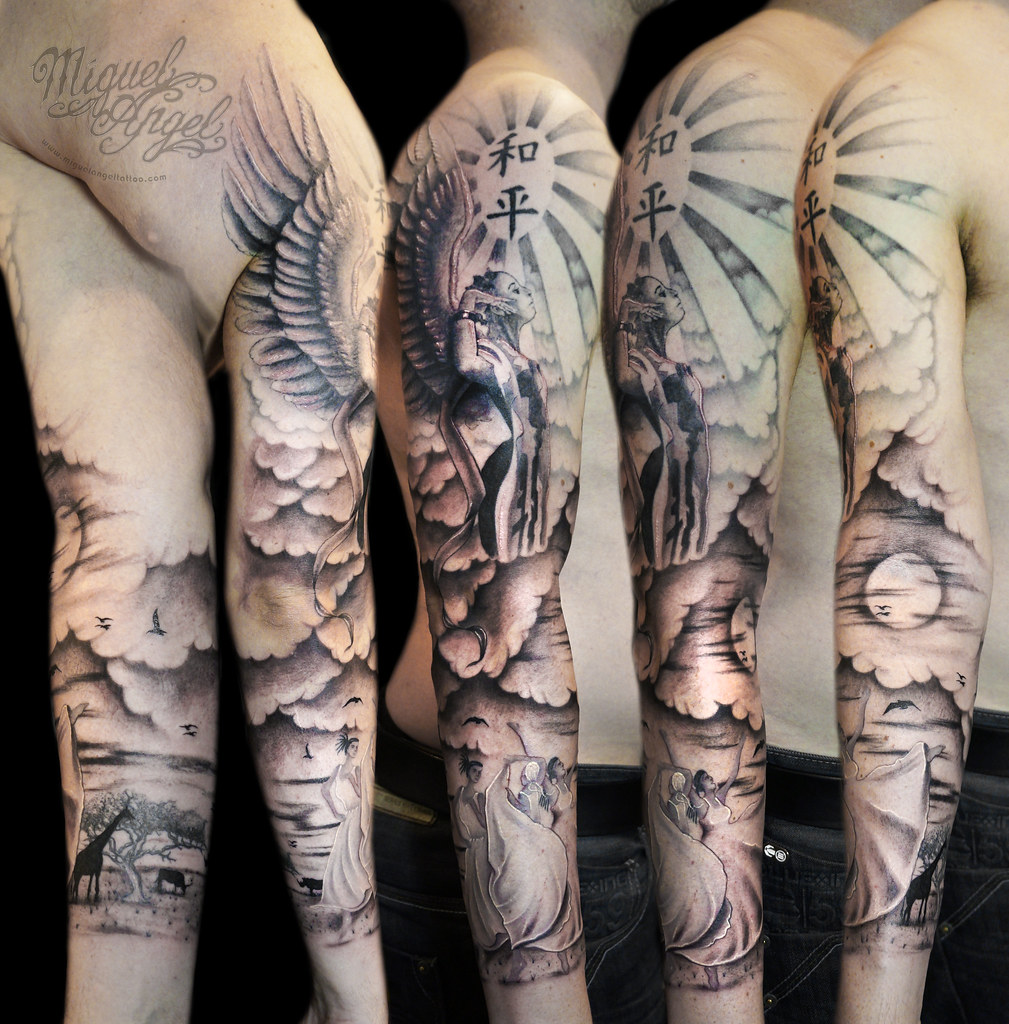
African Tattoos:
Different indigenous communities in Africa have practiced tattooing for centuries.
- Tattoos in African cultures can symbolize social status, tribal affiliation, accomplishments, and protection from spiritual forces.
- Designs vary widely, from simple dots and lines to more complex patterns, depending on the community.

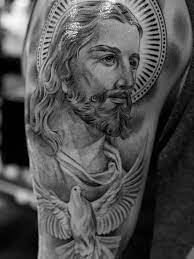
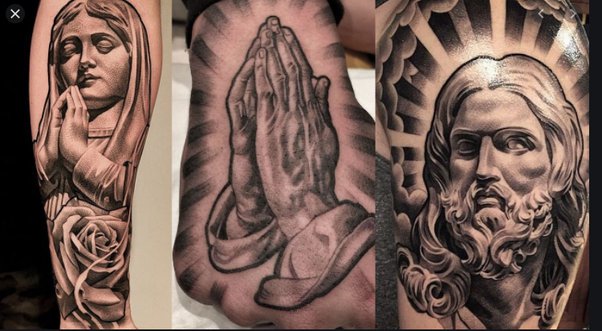
Religious view
- Different religious beliefs have differing views on tattoos. Although some view tattoos as a form of self-expression, some reject them as a method of body alteration and worship.
- Although most religious beliefs about tattoos do not oppose tattoos, there’s one instance of exception: Jesus had a tattoo on his hip (Revelation 19:16).
- Tattooing is highly controlled within North America. It’s illegal for those who do not have a license in medicine to do tattoos. It is illegal for people younger than 18 to become a client of a business that does the procedure. Tattoos should be carried out in a clean space and done by qualified professionals.
- If you want to get temporary tattoos, There are various options. One of the most well-known methods is to apply decals. They are created on paper by a unique adhesive, which lets the design “slide” across the paper on the skin once the skin is moist. Many designs are accessible, including religious images and wise words.



Regulation of practice and health risk assessment
- Tattoos are an excellent instrument for self-expression and are also used to show a person’s individuality. Additionally, they assist in emotional management and have become a standard option after losing an individual you love. But it’s essential to know the potential risks with tattoos before deciding whether you want to go for one. The risks are infections with bloodborne illnesses and leaving a permanent tattoo on the skin, which can hinder the magnetic resonance imaging (MRI) scans.
- While some studies have suggested the connection between tattoos and psychopathology, these findings tend to be based upon cross-sectional analyses between nonpsychiatric specimens and patients suffering from psychiatric disorders with low control between the sample. Furthermore, most results are derived from samples of adolescents that might not represent the population as a whole.
- Certain tattoos may be painful or cause the keloids or raised regions of skin that result from the overgrowth in scar tissue. Other complications include bacterial infections such as methicillin-resistant Staphylococcus aureus and hepatitis B and C. It is essential to ensure that the tattoo artist uses a heat sterilization machine (autoclave) to sterilize non-disposable equipment.



Safety tattoos that look like decals
- The temporary tattoos of the type decal are the image being printed onto a water-permeable surface that, when wet, is transferred to the skin. The paper has a sizable agent and a silicon release layer that prevents the design from adhering to the skin. Ink images are typically multicolored and could include stabilizers, extenders, and drying substances. The inks used for tattoos are made to comply with FDA specifications for pharmaceutical or cosmetic coloring.
- A patent from the past provides a more efficient method to create tattoos. A porous base paper 1 is then coated (typically on one side only) with a water-soluble layer 2. Multicolor Ink 3 is printed directly on the slip layer. A spot-coating 4 is applied to the adhesive contact 5 on every printed sheet to prevent the sheets from sticking.
- Another option is henna, a plant-derived substance that can be painted on the body to stain it with a reddish-orange-to-brown color. While medical journals suggest the possibility of allergic reaction to conventional henna is not familiar, severe complications can result from using henna in conjunction with specific ingredients.

References
- Tattoos are traditionally linked with psychopathology and deviance. They are, however, seen as a part of the mainstream and could offer a glimpse into the most critical aspects of one’s character. Therefore, they must be used as a tool for psychotherapy and not to be used in the context of diagnosing pathological conditions.
- Though some studies have shown that people with tattoos have more personality disorders, most studies are conducted on special populations like those who wear tattoos, have body piercings, or respond to magazines on body modifications. Furthermore, the vast majority of the studies being conducted are on adolescents whose motivations to get tattoos differ from adults.
- A few Christians think that the prohibition in the Bible against “cuttings into your flesh to commemorate those who are dead or tattooing markings on your body” (Leviticus 19:28) applies to current tattooing techniques. Some argue it is because it is true that the Old Testament law was only designed to shield the Jewish individuals from practices deemed pagan and has since been changed with New Testament teachings on obedience to God. It isn’t suitable for anyone Christian to have tattoos against their parents’ desires.

